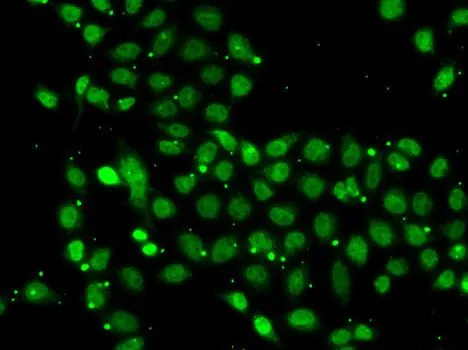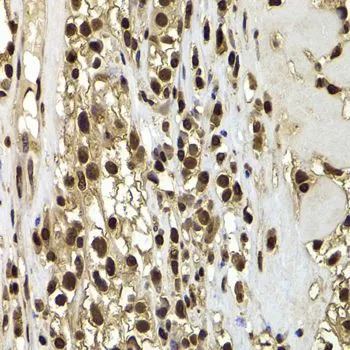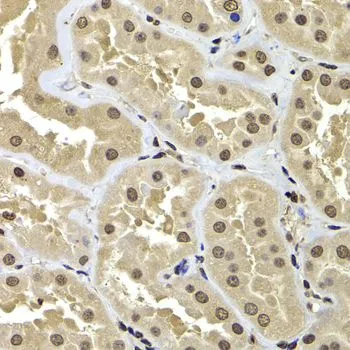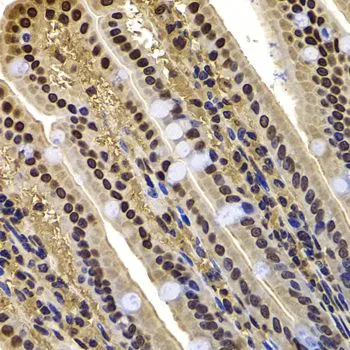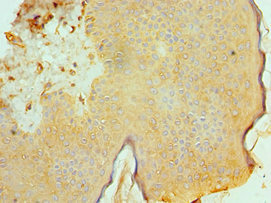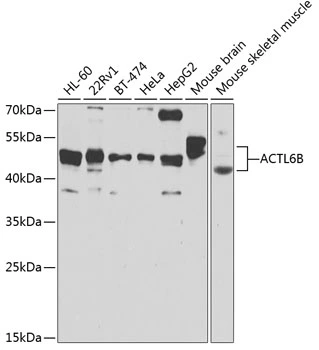
WB analysis of various sample lysates using GTX65855 BAF53B antibody. Dilution : 1:1000 Loading : 25microg per lane
BAF53B antibody
GTX65855
ApplicationsImmunoFluorescence, Western Blot, ImmunoCytoChemistry, ImmunoHistoChemistry, ImmunoHistoChemistry Paraffin
Product group Antibodies
TargetACTL6B
Overview
- SupplierGeneTex
- Product NameBAF53B antibody
- Delivery Days Customer9
- Application Supplier NoteWB: 1:500 - 1:2000. ICC/IF: 1:50 - 1:100. IHC-P: 1:50 - 1:200. *Optimal dilutions/concentrations should be determined by the researcher.Not tested in other applications.
- ApplicationsImmunoFluorescence, Western Blot, ImmunoCytoChemistry, ImmunoHistoChemistry, ImmunoHistoChemistry Paraffin
- CertificationResearch Use Only
- ClonalityPolyclonal
- ConjugateUnconjugated
- Gene ID51412
- Target nameACTL6B
- Target descriptionactin like 6B
- Target synonymsACTL6, BAF53B, DEE76, EIEE76, IDDSSAD, SMARCN2, arpNalpha, actin-like protein 6B, 53 kDa BRG1-associated factor B, BRG1-associated factor 53B, actin-related protein Baf53b, hArpN alpha
- HostRabbit
- IsotypeIgG
- Protein IDO94805
- Protein NameActin-like protein 6B
- Scientific DescriptionThe protein encoded by this gene is a member of a family of actin-related proteins (ARPs) which share significant amino acid sequence identity to conventional actins. Both actins and ARPs have an actin fold, which is an ATP-binding cleft, as a common feature. The ARPs are involved in diverse cellular processes, including vesicular transport, spindle orientation, nuclear migration and chromatin remodeling. This gene encodes a subunit of the BAF (BRG1/brm-associated factor) complex in mammals, which is functionally related to SWI/SNF complex in S. cerevisiae and Drosophila; the latter is thought to facilitate transcriptional activation of specific genes by antagonizing chromatin-mediated transcriptional repression. This subunit may be involved in the regulation of genes by structural modulation of their chromatin, specifically in the brain. Alternative splicing results in multiple transcript variants. [provided by RefSeq, Dec 2015]
- Storage Instruction-20°C or -80°C,2°C to 8°C
- UNSPSC12352203

